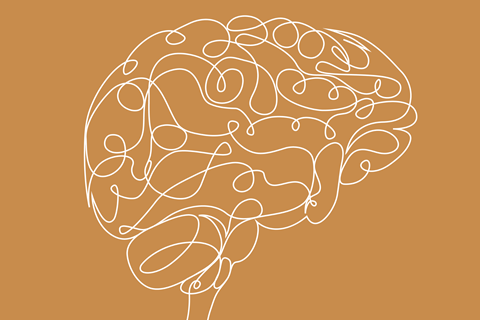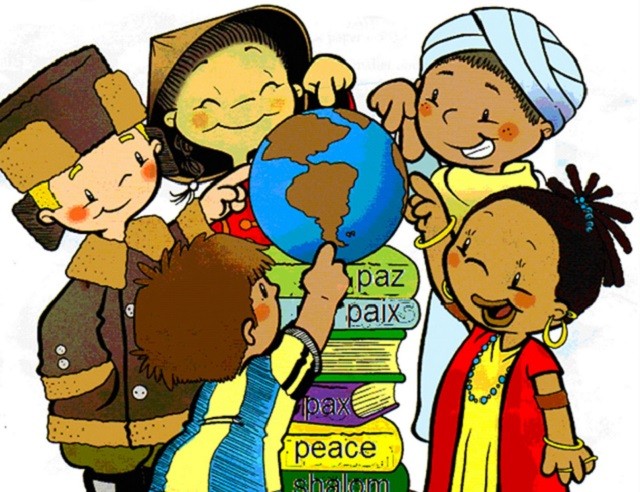Culture, Language, and Thought

Introduction
https://scalar.usc.edu/works/language-culture-and-thought-1/how-do-languages-and-cultures-interact-and-influence-each-other--jennifer-qi--acs-athens
The article, “The relationship between Language, Culture, and Thought” by Mutsumi Imai, Junko Kanero, and Takahiko Masuda shows how language, culture, and thought influence one another. This article gives you the explanation of why this is an important topic and the importance to those who want to study human cognition. It explains why for more than a decade many people studied these topics separately and why they rejected the Whorfian hypothesis. It will highlight the current trends in research, capture how they have defined language, and define culture cognitively and culturally. So how do thought, language, and culture connect?
Cognitive Psychology Trends

https://youtu.be/VcaAVWtP48A
Many professionals reject the Whorfian hypothesis because when it comes to grouping objects, for example, colors; studies show that a more non-linguistic representation than a linguistic representation was present. This shows that culture connects language across different language communities. They can group colors in the same categories and hues but may have a minor mistranslation. For further explanation, several studies using verbal interference found that when individuals labeled or grouped objects the Whorfian effects disappear. For example, when categorizing colors, the language region for the brain is still activated even if an individual did not speak aloud. Thus, this connects language to thought and culture. Although most researchers do not define culture included in these studies as we do. They define it as generationally passed down and not the diverse social aspect it is.
Cultural Psychology Trends

https://youtu.be/VgbOCljC3bQ
This trend is where they are curious about how culture affects thought. Culture is just a part of a macro-level thinking pattern for values, beliefs, and more. This includes how individuals grow up but also what is passed down. For example, in East Asians, background information is highly valued in a conversation. This could be because of their language and the use of gender roles for certain words. For example, a study showed that East Asian reared children are sensitive to different types of ground because they have two separate verbs for some (Wataru and tooru). Yet, it could also be how they view the world. While in European and American cultures, objects are more valued. For example, English may have one verb to describe the ground and not separate verbs. Again, this can contribute to their upbringing or their language and the lack of gender roles in certain words.
Relationship between Culture and Language

https://youtu.be/mgq3IwqST3U
Different studies from both the cognitive and cultural psychology trends show that even though we live in different environments we all have a connection with language, culture, and thought. Although, it may be different and occasionally we can understand one another, they are not separate. Another, example would be, Chinese reared children paying more attention to verb objects. Since they have separate verbs, this makes sense for culture, language, and thought to connect. The same for when English reared children pay more attention to one verb.
Conclusion

This article shows you the different studies and sides that researchers take on this subject. Yet, many more researchers are finding a connection between language, culture, and thought from more studies. Even though we grow up differently, as children we have language already and culturally just learn the language form our area. Though is connected by the examples from the color grouping and from speaking to your conscience. There is much more we can learn from new trends coming out but for now understand that language, culture, and thought are all interconnected.